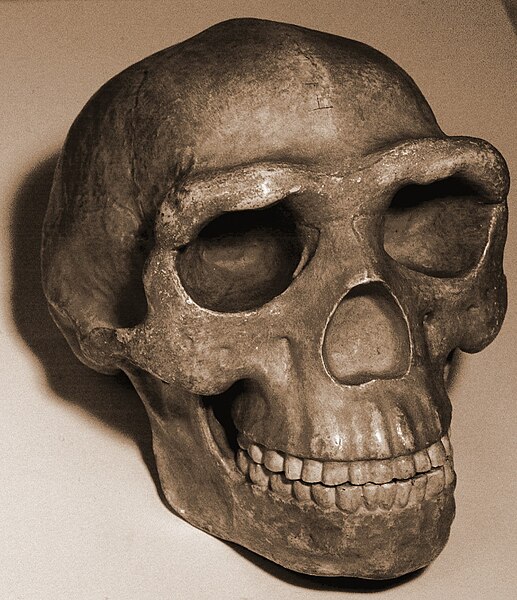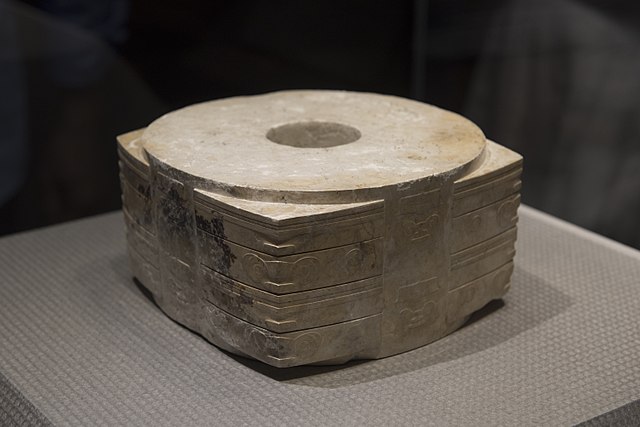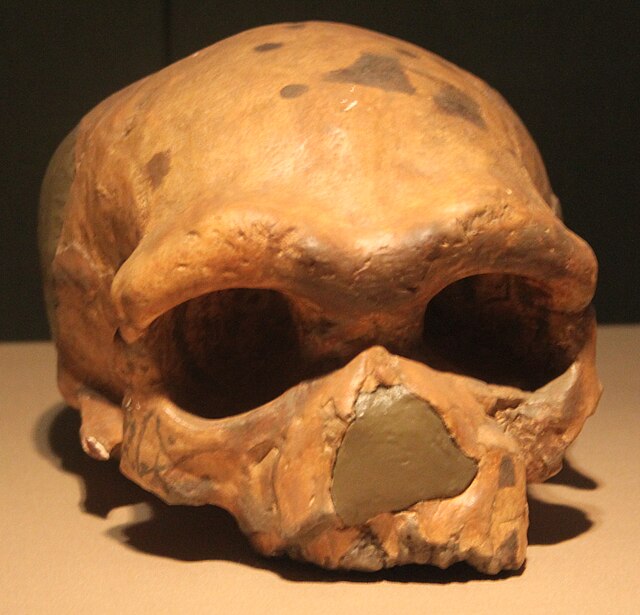The Liangzhu culture or civilization was the last Chinese Neolithic jade culture in the Yangtze River Delta. The culture was highly stratified, as jade, silk, ivory and lacquer artifacts were found exclusively in elite burials, while pottery was more commonly found in the burial plots of poorer individuals. This division of class indicates that the Liangzhu period was an early state, symbolized by the clear distinction drawn between social classes in funeral structures. A pan-regional urban center had emerged at the Liangzhu site in northwestern Hangzhou, Zhejiang, and elite groups from this site presided over the local centers. The Liangzhu culture was extremely influential and its sphere of influence reached as far north as Shanxi and as far south as Guangdong. The primary Liangzhu site was perhaps among the oldest Neolithic sites in East Asia that would be considered a state society. The type site at Liangzhu was discovered in Yuhang County, Zhejiang and initially excavated by Shi Xingeng in 1936.

Model of Liangzhu city
Neolithic pottery dou, Liangzhu Culture, Zhejiang, 1955. National Museum of China, Beijing
Royal Jade cong - probably the most famous artifact of Liangzhu culture. Zhejiang Provincial Museum
Jade bi from the Liangzhu culture. The ritual object is a symbol of wealth and military power.
The history of China spans several millennia across a wide geographical area. Each region now considered part of the Chinese world has experienced periods of unity, fracture, prosperity, and strife. Chinese civilization first emerged in the Yellow River valley, which along with the Yangtze basin constitutes the geographic core of the Chinese cultural sphere. China maintains a rich diversity of ethnic and linguistic people groups. The traditional lens for viewing Chinese history is the dynastic cycle: imperial dynasties rise and fall, and are ascribed certain achievements. Throughout pervades the narrative that Chinese civilization can be traced as an unbroken thread many thousands of years into the past, making it one of the cradles of civilization. At various times, states representative of a dominant Chinese culture have directly controlled areas stretching as far west as the Tian Shan, the Tarim Basin, and the Himalayas, as far north as the Sayan Mountains, and as far south as the delta of the Red River.

Traditional reconstruction of the Peking Man skull
Restoration of the skull Shaanxi History Museum
LL-1 partials skull
10,000-year-old pottery, Xianren Cave culture (18,000–7000 BC)








